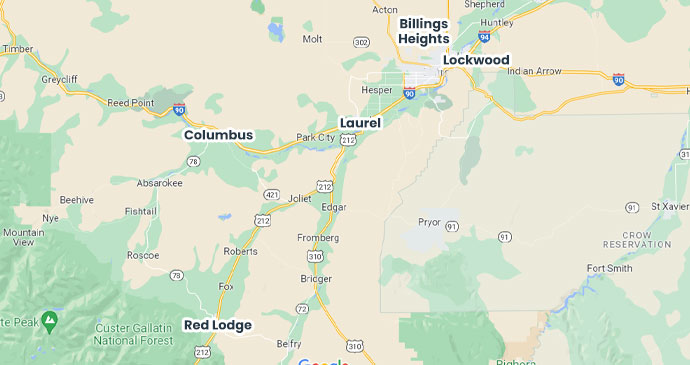"Luckily I have never needed to use a restoration company, but as someone who has worked closely with Alpha Omega, they have treated my clients very well, and have always been honest and very transparent. Although their whole team is very professional and punctual, Carissa and Sonya have been great to work with."
Tips to Update Your Business Emergency Response Plan
From fires to storms, many types of emergencies threaten to interrupt and harm your business. Though disasters are never welcome, they are an expected part of working life. Left unprepared for the worst, catastrophic events like these can stop Montana business operations for months at a time, leaving both employees and employers worse off than they were before.
However, you can prepare for the worst and prevent many problems with a well-constructed emergency response plan. By creating and maintaining an up-to-date plan, you can keep your employees, customers, investments, and your business safe from harm during emergencies.
Prepare Accordingly: a Guide for Billings Business Owners

The benefit of a well-constructed emergency response plan is preparedness for the worst. By taking time to examine how a disaster could impact business operations, you can take steps to prevent even worse fallout. No one disaster response plan fits all needs, so it’s a good idea to tailor your plan to your business’s needs. Here are a few factors you need to consider when creating your plan.
Be knowledgeable about natural disasters common near you.
While a good emergency response plan is flexible to fit most situations, the best plans are focused on problems that are more likely to impact your organization. While creating your plan, take time to factor in common threats to your business, like flooding or fires.
Do a risk assessment.Frequently, it’s the little details that make a difference in disaster response. Do a walkthrough of your business. Look for areas that could cause a problem during a disaster, like blocked evacuation routes or faulty emergency equipment.
Design for possible scenarios.Does your business have evacuation plans for disabled employees? Are you prepared for power outages? What about securing your building after it is damaged? Take time to factor in as many possible scenarios as you can while creating your emergency plan.
Employee Training
A plan for emergencies is only part of the challenge. A good emergency plan factors in employee training and education to ensure safety for everyone. By making sure that employees are well-trained and informed about emergencies, you can keep your staff and your business safe during disasters.
Organize a team of employees to lead during emergencies.Disasters are likely to be dangerous and unpredictable. Strong leadership from management is crucial in these times. Preparing and training a team of employees to guide other staff members during emergencies can create a safer workplace and prevent problems during disasters. This may involve first aid training or learning evacuation routes.
Practice emergency exercises with staff. By keeping employees informed and well-versed in emergency response procedures, you can keep disasters orderly and safe. Periodically take time to run emergency drills with staff. Make sure that all employees are informed about the most recent version of your business’s emergency response plan.
Keep an updated emergency contact list.Do you have current emergency contact information for all of your staff members? Can you access it easily? Consider keeping digital copies in the event that you can’t get on site or have a power or other utility outage?
Running a Business During Disasters
Preparing for business operations during and after disasters is every bit as important as preparing for emergencies themselves. Disasters can lead to slow business operations or data loss. By taking the time to prepare early, you can get your business back on its feet sooner rather than later.
Insure against disasters.Natural disasters can be a major financial blow on companies. By getting coverage against them now, you can make it easier to stay operational during emergencies. Any good emergency response plan should factor in insurance while planning for the worst.
Keep off-site backups.Losing vital data during disasters can be detrimental to your business. By keeping off-site or cloud-based backups of important information and assets, you prepare your Montana business to return to normal operations as soon as possible.
Consider creating an Employee Assistance Program. Your staff is as likely to be hit by the aftermath of a disaster as your business is. Creating an Employee Assistance Program (EAP) can help keep them safe and available for work. Plan ways to get staff the resources they need, including housing, commute options, and childcare.
Bring Out Your Best by Being Ready for the Worst
Emergencies are both dangerous and bad for business, but with the right preparations, you can bounce back from disasters of all varieties. After an emergency, protecting your employees, your data, and your business should be your top priority. At Alpha-Omega Disaster Restoration, we can help you develop an emergency response plan that suits your business.
Our professional and certified staff can help you recover from the worst and prepare for disasters in the future. We operate out of south-central Montana in Billinngs, Billings West End, Billings Heights, Laurel, Red Lodge. Contact us today, and let us know how we can help.













